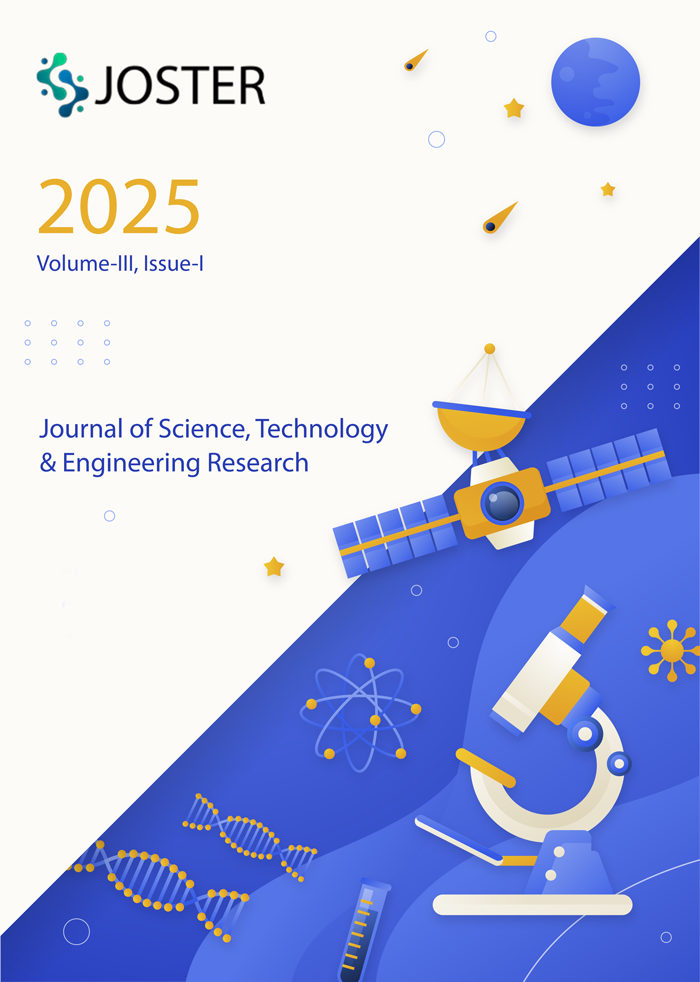AI Autoencoder-Driven Anomaly Detection for Wire Transfer Security
Keywords:
Wire transfer fraud, anomaly detection, auto encoders, deep learning, financial security, AI, cybersecurityAbstract
Wire transfer fraud remains one of the most pressing challenges for the global financial system, with annual losses running into billions of dollars. Traditional fraud detection systems, which often rely on static rules and heuristic models, have consistently struggled to match the agility and sophistication of modern adversaries. Auto encoder-driven anomaly detection, an advanced form of unsupervised deep learning, provides a pathway to uncovering hidden structures in transactional data and identifying subtle deviations that indicate fraud. This article presents a comprehensive analysis of auto encoder architectures and their application in detecting fraudulent wire transfers. Each section expands upon the theoretical foundations, technical details, industry implementations, and future trends in fraud detection. Ethical, regulatory, and operational challenges are also considered, ensuring that this research contributes not only technically but also in guiding responsible adoption. Ultimately, the paper argues that auto encoder-driven frameworks represent a promising frontier for constructing scalable, interpretable, and secure fraud detection systems that can adapt to the dynamic financial landscape.
Downloads
Published
Issue
Section
License
Copyright (c) 2025 Frontier Robotics and Artificial intelligence Journal

This work is licensed under a Creative Commons Attribution 4.0 International License.

